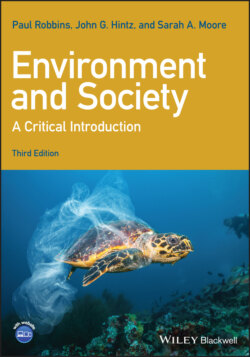Читать книгу Environment and Society - Paul Robbins - Страница 80
Wildlife Commons: Collective Management through Hunting
ОглавлениеEven the world’s wildlife can be considered a kind of commons. In the United States, where herds of elk and other important species were in serious decline a century ago, management has worked to develop common property solutions to problems of over-hunting. Historically, since such animals were wide-ranging and the property of no single land owner, they could be hunted with impunity, leading to population declines in the late 1800s. Current systems of management in states like Montana utilize many of the principles of common property design. Limits are placed by the government on the number of hunters and the number of hunting licenses in any given year based on extensive monitoring of game populations. Preferences for licenses are given to residents of the state. While the overall limits are set by officials, all the rules are overseen through a collective review process that includes Montana hunters themselves. The result is a system where a potential “open access” resource (free-ranging elk) is made into “common property” by 1) excluding some potential outside users, 2) establishing rules and limits, and 3) reviewing and overseeing these rules through consultation with resource users themselves. Versions of this system are in place across the United States.
